With past experience in all these fields - some involving plain language services - I am curious to see how these professionals articulate their plain language integration experiences.
I think plain language is the glue that holds a message and a reader or user together. Without it, the connection can be fragile. Clear communications has the power to bridge gaps, increase usability, and create results. In today's marketplace, we must be aware of the need to deliver messages that are read. Plain language is a great step to making that happen.
I recently edited a standard city property tax notice, using plain language guidelines, for the version that went into the local print media.
The proof is in the pudding. Seeing is believing. But, there is so much to learn about how plain language is evolving, can be used and integrated into all we do. That's why I will be at PLAIN2013. The program is going to help me fill up my tool kit, so I can integrate plain language even more. See you there!
Register now for PLAIN2013 to take advantage of the early bird registration.
City Property Tax Samples

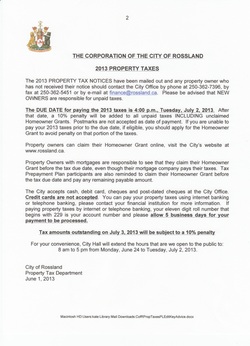
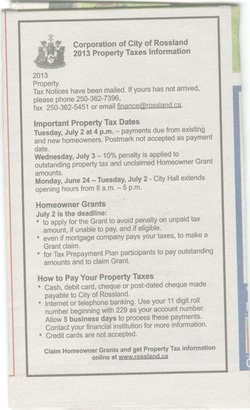
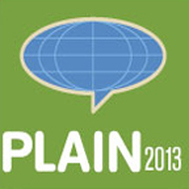
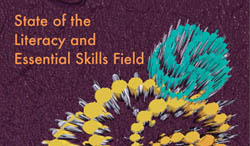
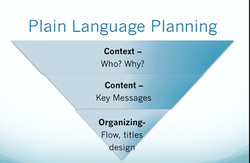
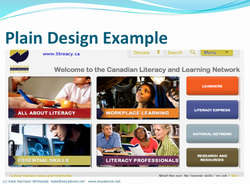
 RSS Feed
RSS Feed
